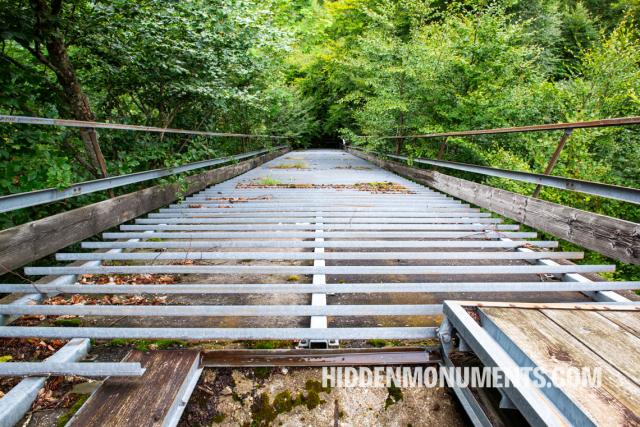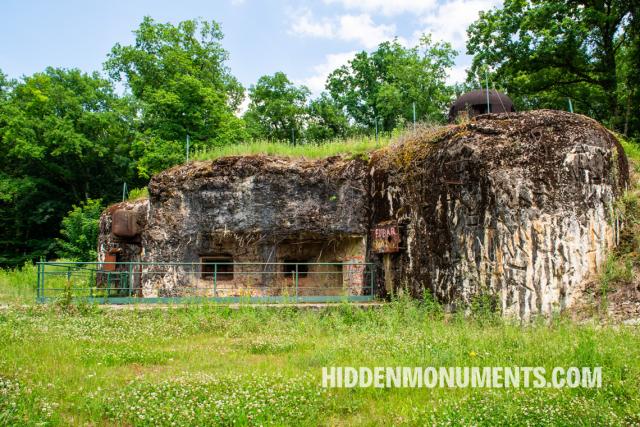Snow or no snow, it didn’t matter here. This concrete ski slope from 1961 was fitted with plastic mats, allowing ski jumpers to train all year round.
All destinations
Explore over 500 destinations previously published in the archive. Premium members unlock the full story for each destination, GPS coordinates, addresses, heritage maps, and tips for legal visits.
- 595 destinations
Clay pits had, from the end of the nineteenth century, taken over more than half of the territory of the hamlet of Terhagen in Belgium. After excavation, nature gradually reclaimed its space.
In the second half of the 19th century, iron ore from Lorraine and Luxembourg appeared to be on the decline. When pig iron was converted into steel using the Bessemer process, the result was far too brittle.
A 49-meter-long bridge over the River Scheldt, dating back to 1959, was the first railway bridge in Belgium to utilise the technique of prestressed concrete.
Near a ski resort in the Vosges, you may stumble upon an unexpected piece of sports history. Hidden among the trees, concrete remnants recall the presence of a monumental ski jumping hill.
A graceful arch bridge, a kilometres-long railway tunnel, and several pedestrian bridges still recall a railway line in France from the 1930s that was never completed.
This summer, a 113-year-old wooden church was moved to a new location in the Swedish town of Kiruna, and that has everything to do with the iron and steel that surround us.
In the French Moselle, a modest infantry work was built in the early 1930s to protect France against a new German invasion.
During the Second World War, the historic naval harbour of Hellevoetsluis in South Holland grew into an essential stronghold within the Atlantic Wall, the 5,000-kilometre-long coastal defence system of Nazi Germany.
Pagination
Get the latest stories straight to your inbox
Latest from the blog
If you love hiking and exploring industrial history, the Minett Trail in southern Luxembourg is the perfect adventure. Winding through the country’s historic steel heartland, this trail connects old industrial sites, cultural landmarks, and striking landscapes.
All photos and stories are copyrighted. Of course, linking to articles on the site is possible and allowed.
If you would like to use photos or articles from this website, please contact bart@hiddenmonuments.com.
© 2003-2025 Hiddenmonuments.com










